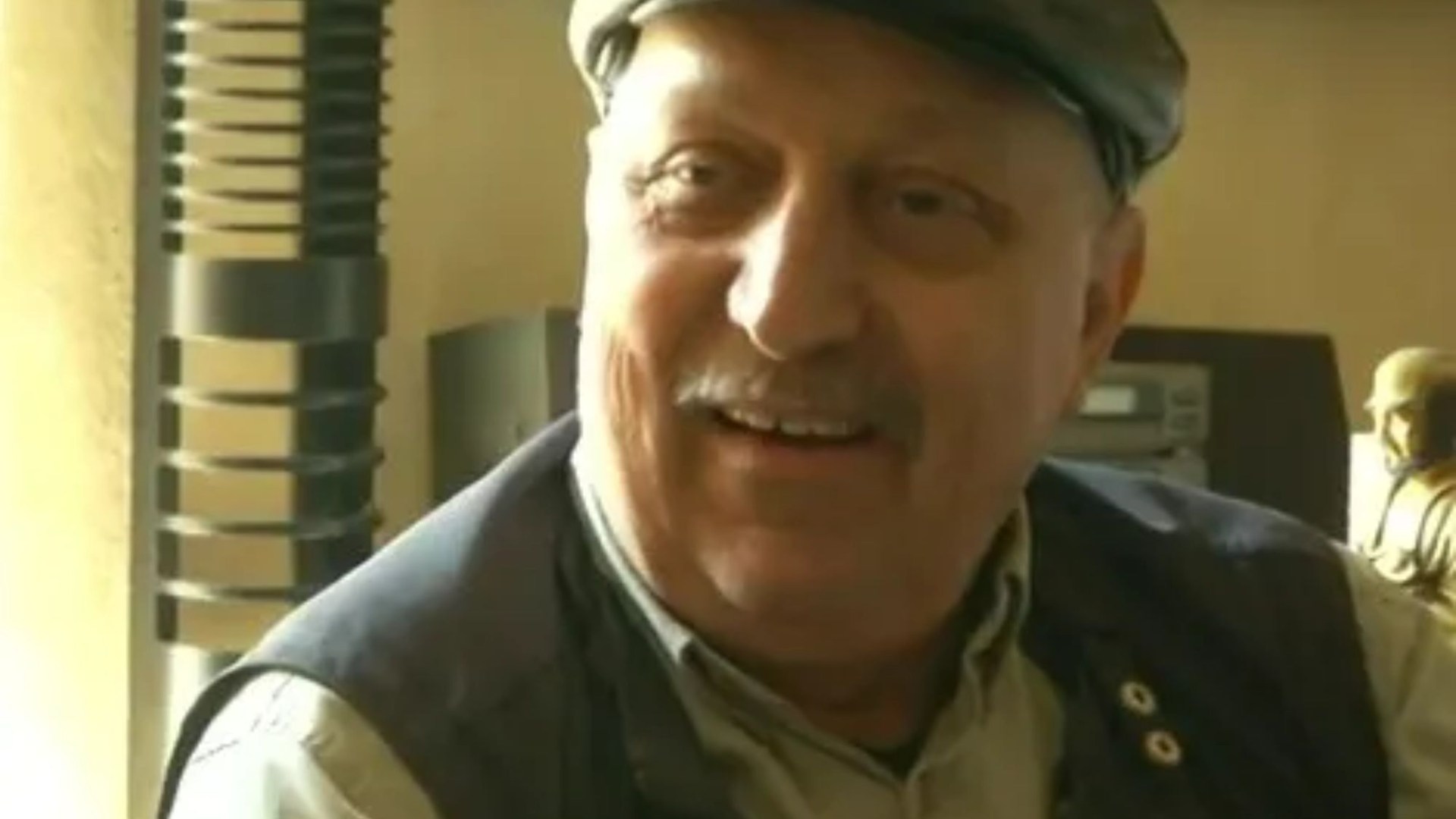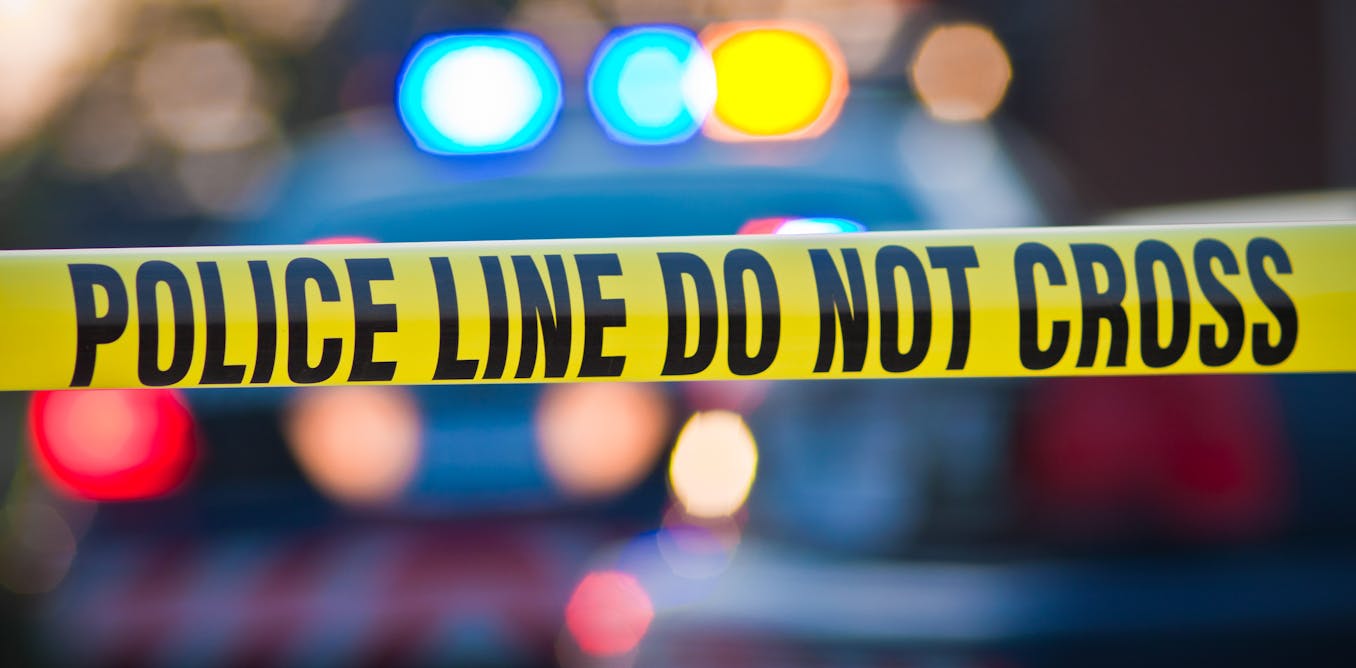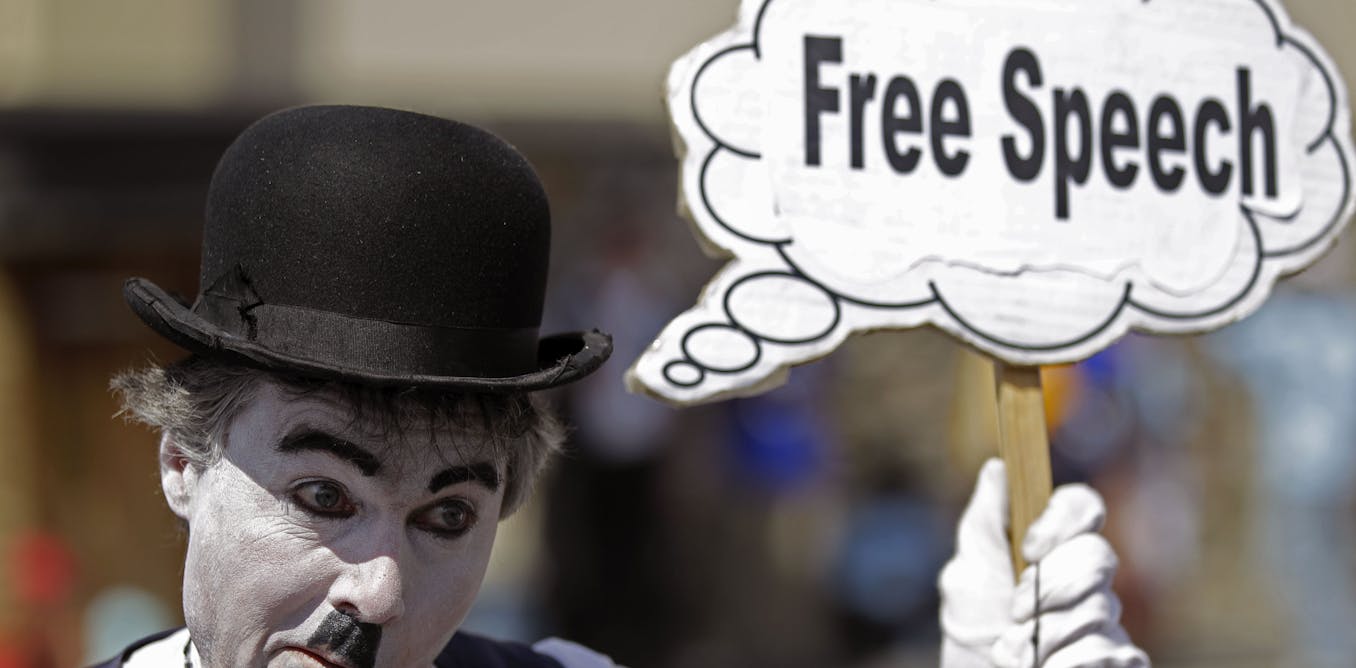AFTER more than 40 years the hunt for the assassin behind the Cold War’s most notorious murder was coming to a climax that even John Le Carre could not rival.
Journalist Ulrik Skotte was scaling up the outside of a block of Austrian flats to confront the man who he was convinced murdered a Bulgarian dissident, BBC World Service journalist Georgi Markov, using a poison-tipped umbrella.

13

13

13

13
It took Georgi, 49, four agonising days to die after being poked in his right thigh as he waited for a bus on London’s Waterloo Bridge in 1978.
At St James’ Hospital, he told staff he had felt a sharp sting after bumping into a man with an umbrella and, when he later checked his leg, he saw a small mark.
The father-of-one uttered: “The bastards poisoned me.”
Georgi’s killing came at the height of tensions between the old Soviet Union and the West, and Russia was drawing up plans to invade Afghanistan a year later.
Suspicion immediately fell on Russia’s ally Bulgaria, which then lay behind the Iron Curtain dividing East and West.
Markov had been born in Sofia and was a dissident writer before defecting from Bulgaria – and broadcasting anti-communist messages back to his country through American-backed Radio Free Europe.
Scotland Yard launched a murder hunt after scientists at Britain’s biological weapons laboratory at Porton Down found a miniscule pellet in tissue samples from around the red mark.
It measured 1.7cms in diameter, was composed of platinum and iridium, and had two holes drilled through it. Although no poison was found, the scientists concluded most likely contained ricin – one of the most powerful toxic substances known to man.
Ricin was experimented with in Laboratory 12, the infamous lab of the Soviet secret services, where scientists developed lethal chemicals that would leave no trace in the body.
But the investigating team eventually disbanded after coming up empty handed – and only the collapse of the Iron Curtain in 1989 would begin to loosen tongues.
Search for answers
Reporter Ulrik Skotte spent three decades doggedly piecing together an international puzzle to solve the mystery, as detailed in his new book, The Umbrella Murder.
It was a search that took him to a seedy block of flats in the tiny city of Wels, Austria, where he confronted suspected assassin Franceso Gullino, a supposed art dealer who had moved around Europe and the UK, working for Bulgarian intelligence.
When the hard-of-hearing Gullino failed to open the door, Skotte scaled the outside wall in an attempt to breaking in before giving up and trying the front door – which opened.
With a film crew from his own documentary company, Skotte walked in and was confronted by the ageing Gullino in a dark and decrepit flat.

13

13

13
Faced with a man who had never confessed to the Markov murder and had led countless police forces and security agencies a merry dance, Skotte faced a tough job to get a confession from him.
He knew he was also courting danger after suspecting Gullino had also killed a close friend.
Second sinister death
Skotte was working as a trainee sports journalist in Copenhagen in 1994 when he was instructed to talk to a man offering “the biggest story of the century.”
That man was Italian expatriate filmmaker Franco Inverinizzi, who told Skotte: “I know who killed Markov…he’s a friend of mine! The guy who killed Markov has been living in my house.”
What followed was a psychological game of cat and mouse between Skotte and Invernizzi who refused to name Gullino but said his “friend” had confessed to being quizzed by Scotland Yard detectives about the murder.
But in 1998, Skotte, increasingly frustrated by Invernizzi’s secrecy, walked away from their joint project to publicly solve the umbrella murder.

13

13
Only 20 years later, in 2018, when Russian agents poisoned defector Sergei Skripal and his daughter at their home in Salisbury, Wiltshire, did Skotte break his vow to leave the Markov case alone.
He discovered that Franco had suddenly died shortly after taking part in a 2006 documentary where he had identified Gullino as a potential suspect in the case.
Although Franco had his identity concealed on screen, Skotte realised that anyone who knew him would have known who it was.
To his horror, Skotte then discovered that Franco fell ill after going out for a meal the previous night with Gullino, who was furious that his cover had been blown.
The journalist realised that the assassin had struck again – but no one had noticed.
Unmasking ‘Agent Piccadilly’
Skotte assembled a team to try and piece together all the evidence, track down and confront Gullino, and publicly name him as Markov’s assassin.
In 2020, they gained access to Bulgarian intelligence archives, which confirmed Gullino was codenamed Agent Piccadilly, had been given a cover story to visit London, and received “special training.”
All other papers for the crucial period in 1978 had been removed from the file.
The assignation, they discovered, had been backed by the KGB who had tested ricin in secret laboratories.
Russia’s ‘viciously theatrical’ love of poison
POISON is a weapon which may feel more at home in the Middle Ages – yet it appears to be the method of choice for Russian president Vladimir Putin.
Marianna Budanov joins a list of names such as opposition leader Alexei Navalny and even ex-Chelsea boss Roman Abramovich who have been taken ill in mysterious circumstances.
Poisonings linked to the Kremlin have left opponents disfigured, in medically induced comas, and worst of all dying slow and painful deaths.
And the method seems to differ every time, with poison-tipped umbrellas, chemical agents daubed on doorknobs, or simply toxins spiked into victims food and drinks.
At least eight prominent critics of Putin and his regime are suspected to have been poisoned after being taken ill in mysterious circumstances.
Experts have said Putin’s apparent fetish for such a medieval weapon is for two reasons – its “easy deniability” and its “vicious theatricality”.
Mark Galeotti, a senior associate fellow at the Royal United Services Institute, told Foreign Policy: “One of poison’s great virtues for the politically-minded murderer is their capacity to combine easy deniability and vicious theatricality.
“Even while the murderer denies any role, perhaps with a sly wink, the victim dies a horrific and often lengthy death.
“A message in a poison bottle.”
Victims can spend weeks in hospital fighting for their lives and even if they survive they will have been sent an unforgettable message – don’t mess with Putin
They also discovered judicial transcripts that showed a former Bulgarian intelligence agent had met Agent Piccadilly in Rome, days after Markov’s death.
His job was to see if Gullino was carrying a copy of Newsweek under his arm to signal that his unspecified operation had succeeded.
The agent recalled: “He sat there holding the magazine…”
Skotte’s team then launched a series of cloak and dagger operations to try and find the elusive Gullino without success.
But when they were emailed a 2017 photograph of Gullino wielding an umbrella, in Bulgaria, they managed to track him down to his flat – and finally get the confirmation they craved.
Coaxing a confession
The journalist began by mentioning a long list of people that Gullino had known, peppering his chat with copious amounts of flattery.
Then Skotte began handing him a series of documents, including his passport, that he had abandoned with a friend in Copenhagen.
As the interview unfolded, Gullino, realising that he was in a trap, began to lie and deny repeatedly.
But when Skotte put the name of his Bulgarian intelligence handler to him, Gullino asked if he was still alive, betraying that he knew the man.
He was then confronted by pictures of medals he had been awarded by the Bulgarian intelligence service and held in his files – and his mood changed.
“I got two medals, huh?” Gullino chuckled. “They gave me two medals.”
In his book, Skotte says “a look came over his face that I had not seen before.”
“For the first time in our conversation, he looked proud, like a boy who had just found out that he had done much better than expected in an exam,” he writes.
Skotte continued: “’Do you know why they gave you the medals?’
“’Yeah, you get a medal because somebody is doing something very good,” Gullino, then 66, said.
If I didn’t act on what I knew, the truth about Gullino might disappear forever
Ulrik Skotte
When Skotte asked what he had done, his interviewee suddenly punched the air. “’Boom!” he said. “With umbrella! Come on.”
Skotte realised that at the moment Gullino “seemed to be irritated by the question, as if it was one that did not need to be asked. He had been given the medals because of the Umbrella Murder.”
As Skotte and his team left the flat, he reflected: “Even if we had not found a way to draw a straight confession out of Gullino, I no longer had any doubt that he was personally responsible for the death of Georgi Markov and my friend Franco.”
He wrote: “I realised I was closer to the story than anyone else and that I might be the last one capable of piecing it together.
“If I didn’t act on what I knew, the truth about Gullino might disappear forever…The man who was probably responsible for Georgi Markov’s murder as well as Franco’s would have got away with it.”
In 2023 Skotte’s documentary about the Markov murder was broadcast across Scandinavia – but by then the man at the centre of the mystery was no longer able to face justice.
Just weeks after the interview, in a final gut-wrenching twist, Gullino was discovered dead, decomposing, in his filthy flat. He had died alone – taking the true extent of his apparent crimes to his grave.
The Umbrella Murder: The Hunt for the Cold War’s Most Notorious Killer by Ulrik Skotte is available now

13

13

13

13




